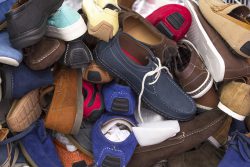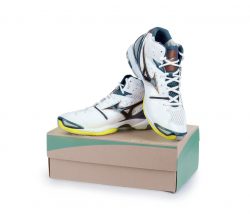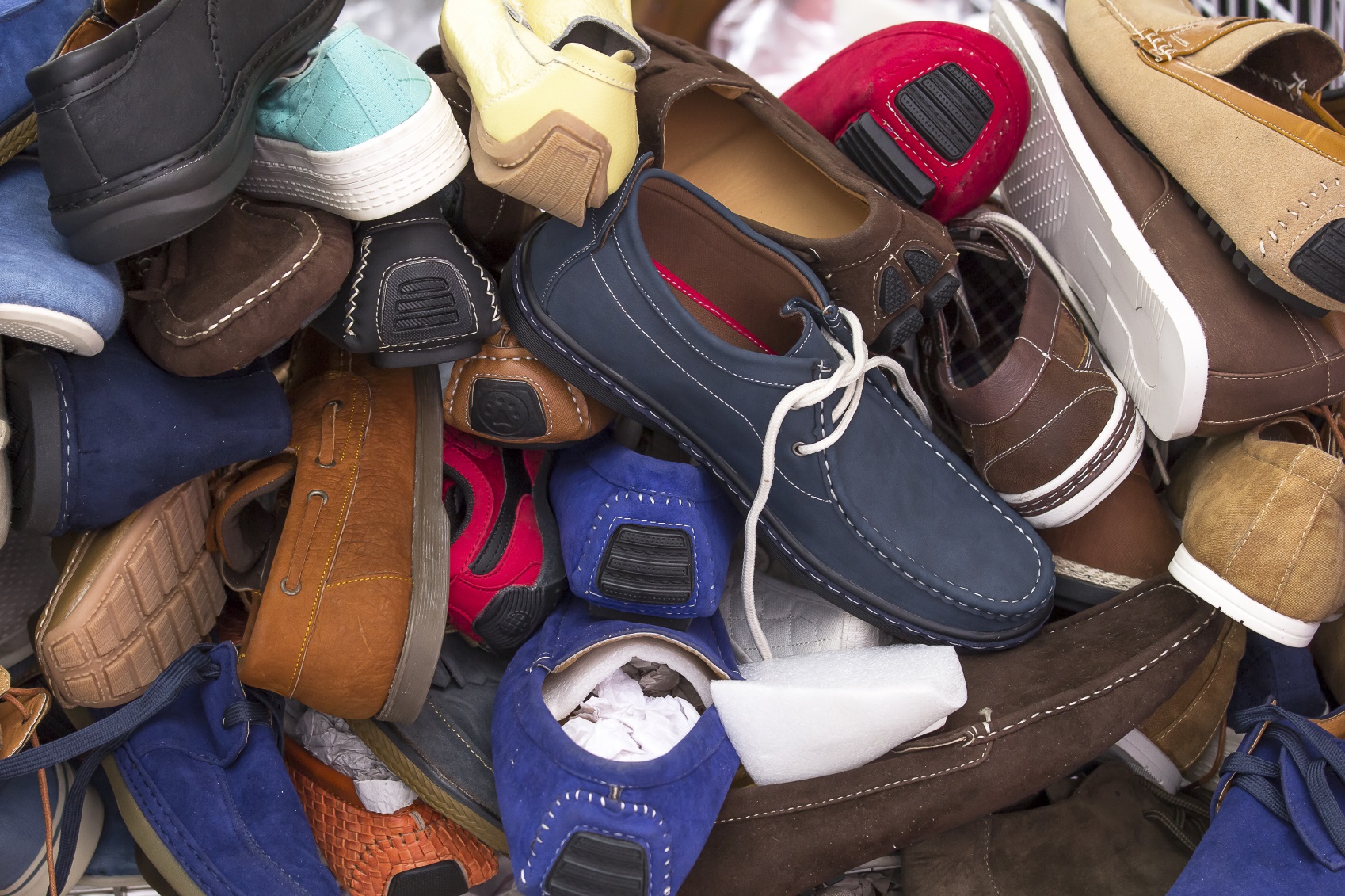Dress shoes, sneakers, sandals, tennis shoes. All of this footwear and many more footwear varieties make up a huge portion of United States imports. Strap on those walking shoes as we walk you through the ins and outs of importing footwear.
Fancy Footwork

Clothing and apparel tops the U.S. imports list each and every year, importing an average of $80 billion in clothing and other apparel into the country every year. The bottom line: Americans love their footwear. China accounts for 84.95% of footwear imported into the U.S., with Vietnam coming in second place with 6.46% of footwear coming from that country because it makes Nike sneakers.
Shoe Shipping
Once the shoes overseas are made, it’s time to get them to the U.S. Most imported shoes arrive by ship in ocean freight containers that are the same size as a 50-foot semi-truck trailer. Those trailers can hold 5,000 pairs of shoes. A freight forwarder then arranges for shipping and import documentation. They pass along the shipping documentation to U.S. Customs and Border Protection (CBP) officials. Freight forwarders also contact shipping lines and schedule your footwear container’s arrival to the U.S.
Shoe Importing Process
Shoe importing is big business. A shoe must be classified to be imported to the U.S. At this point in the process, Licensed Customs Brokers can assign the proper classifications to the shoes. It’s

important to classify the shoes with the proper duty classification so the proper import duty, or tax, is added to the price of the shoes. This tax, known as the “landing price,” includes a freight charge and import duty assessments.
The container rate, inland transportation costs and document fees are divided into the number of shoes per container to calculate the tax. Curious how much the tax will be? For a full container filled with 500 pairs of shoes coming from China to the U.S., the tax is assessed at approximately 75 cents per pair of shoes.
Seeking cost clarification for your imported shoes? Here’s a duty calculator you can use to crunch the numbers.
Shoe Rules
Classification is key for shoe importing. Those codes can be found in the Harmonized Tariff Schedule. There are several sections for shoes and Licensed Customs Brokers can help register your shoes with the correct classification. Shoe classification is based on material, design, type of shoe, gender, construction and overall value. Taxes for imported footwear vary on the materials and value of your shoes.

Achieve Footwear Import Clearance Success
Working with a Licensed Customs Broker is the best way to make sure those shoes pass inspection and overcome potential import process hurdles. AFC International will oversee the entire apparel import process, making sure you stay compliant throughout the importing footwear process so you can stay focused on importing more footwear. Call us at 800-274-2329 or get a quote today to get started!


Leave a Reply
You must be logged in to post a comment.